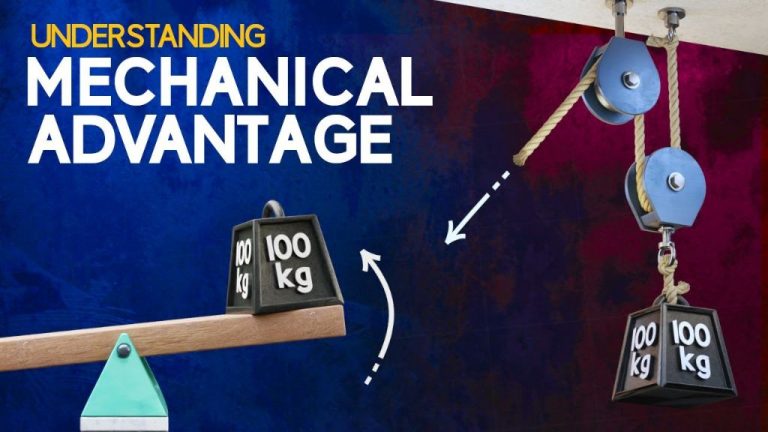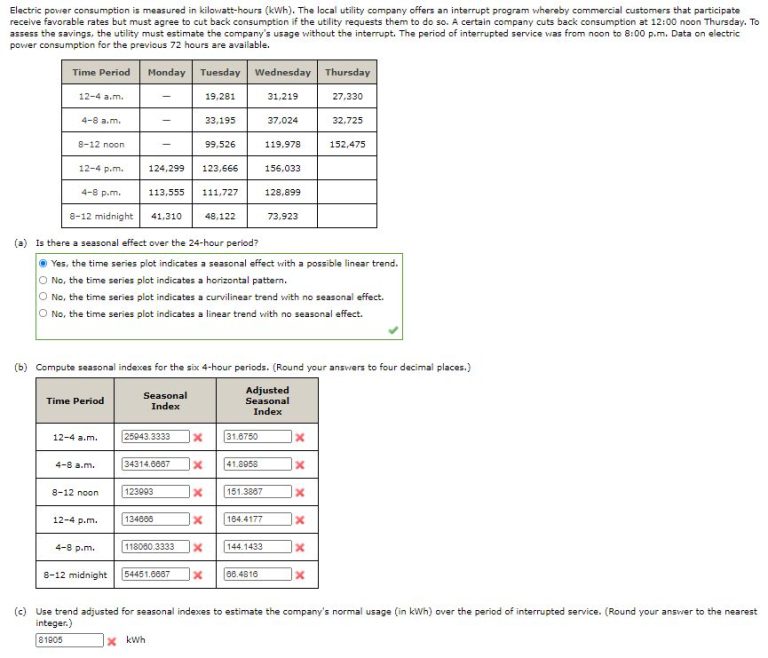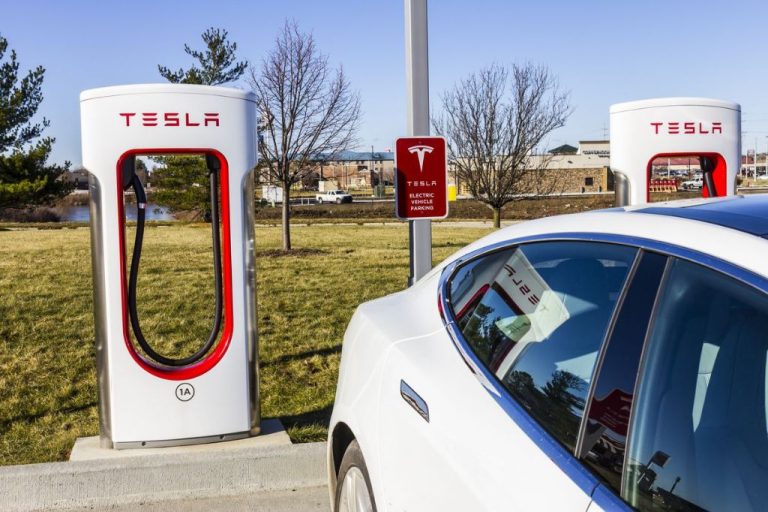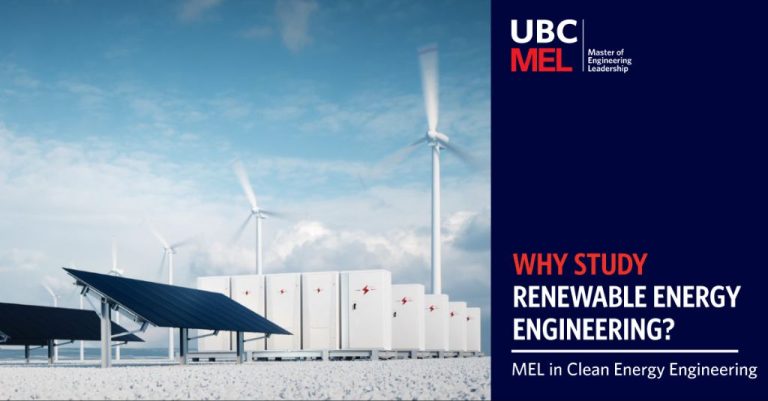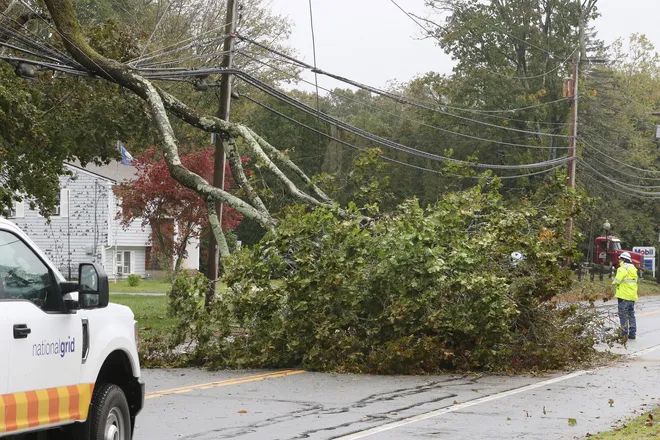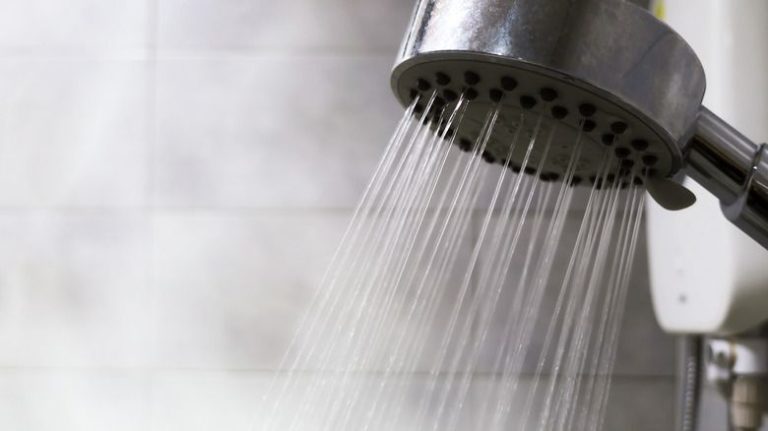How Long Does Water Last When Power Goes Out?
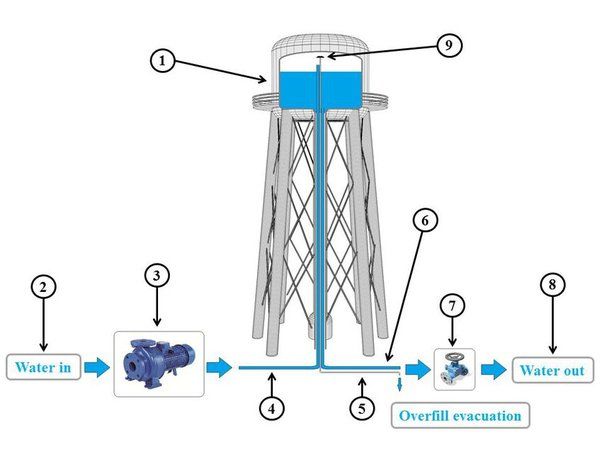
When the power goes out, one of the most important things to consider is how long your water supply will last. Having access to clean, safe drinking water is crucial, especially in extended power outages. Knowing how long tap water, bottled water, well water and other sources will be available can help you plan and prepare.
This article will provide an overview of how long water typically lasts when the electricity is cut off, factors that impact this duration, tips to extend your supply, signs that water has become unsafe to drink, and methods to purify water if needed. Understanding your water situation in a power outage allows you to meet your family’s basic needs until full utilities are restored.
How Long Tap Water Lasts
Tap water that comes from a public water supply typically lasts 1-2 weeks before going bad if the power is out, according to Quora. This is because most public water systems rely on electric pumps to maintain pressure in the water lines. Without power, the water will stop flowing eventually once the residual pressure dissipates.
Additionally, public tap water is treated with chlorine or other disinfectants to kill microbes. Thischlorine dissipates over time without fresh treated water entering the system. After 1-2 weeks, potentially harmful bacteria could begin growing in stagnant pipes and tanks. At this point, the tap water would be considered unsafe to drink according to the Penn State Extension.
In summary, tap water from a municipal supply should be safe for 1-2 weeks after a power outage starts. Beyond that timeframe, boiling or otherwise purifying the water is recommended before drinking.
How to Extend Tap Water
If the power goes out, tap water will still flow for a period of time due to gravity and pressure in the water system. However, you may want to take steps to extend and conserve the usable life of your tap water supply in a power outage. Here are some tips:
Boil or disinfect tap water to kill any bacteria. Boiling is the safest method. Bring water to a rolling boil for 1 minute (at elevations above 6,500 feet, boil for 3 minutes). You can also use household bleach to disinfect water. Add 1/8 teaspoon of bleach per gallon of water and let stand for 30 minutes before use. Store disinfected water in sealed containers to prevent recontamination.
Fill up sinks, tubs, buckets, and other containers with water while you still have pressure. This stored water can be used for drinking, cooking, and sanitation. Change and refill containers every 2-4 days.
Limit water use to extend your supply. Turn off taps tightly and don’t leave water running. Take short showers. Only use water as needed for drinking, cooking, and cleaning.
Your hot water heater stores potable water. Turn off power to the tank and open the drain valve at the bottom to access stored water. Screen and disinfect before use.
Bottled Water Duration
Bottled water typically lasts 6 months or more after the bottling date when properly stored, according to the International Bottled Water Association (IBWA). The shelf life depends on the type of bottled water and how it is stored.
The IBWA recommends consumers check expiration dates printed on the bottle or cap. Unopened, commercially bottled water will keep safe indefinitely, as long as the bottles remain properly sealed and aren’t damaged. However, the water may start to taste stale after a very long storage time.
Once opened, bottled water lasts about 6 months, if stored in a cool, dark place. The IBWA says opened bottled water stored at room temperature may begin to taste and smell bad after a couple months, even though it’s still safe to drink. Refrigerating opened bottled water extends the shelf life.
Carbonated water lasts only about 2-3 days after opening because the carbonation dissipates over time. The plastic from single serve bottles can leach chemicals into the water if stored over 6 months. For long term storage, glass bottles are best.
Properly stored, commercially sealed bottled water remains fresh for up to 2 years or the expiration date. After opening, it’s best consumed within 6 months and refrigerated after 2-3 days. Check bottle dates and inspect water before drinking stale water.
Water Filter Duration
Water filters can extend the life of stored water for several months if maintained properly. The typical lifespan of a water filter pitcher or faucet attachment is about 2 to 6 months, depending on the type of filter and frequency of use.
Pitcher style filters containing carbon filters or sediment filters tend to last around 2 months before needing replacement. More advanced filters like reverse osmosis systems can last 4-6 months between filter changes.
Replacing water filter cartridges according to the manufacturer’s recommendations is important to maintain their effectiveness. Over time, the filtering media becomes saturated with contaminants that can break through into the filtered water if not changed regularly.
Testing filtered water periodically with test strips can verify the filter is still effectively removing contaminants. When in doubt, replace the filter to ensure you have clean drinking water in an emergency when the power goes out.
Well Water Duration
Well water typically lasts indefinitely during a power outage if the well system is sealed and cannot be contaminated. This is because groundwater aquifers are self-pressurized and do not require electricity to pump water into the well. According to Hudson Valley NY Well Pump Services (https://twebber.com/plumbing/how-to-keep-your-well-pump-working-during-a-power-outage/), as long as the well itself remains sealed, the water inside should not be compromised by a power outage of any duration.
However, you will not be able to access the well water without power for the pump. So while the quality remains fine, usability is limited to water stored in pipes and pressure tanks. Once that stored water is used up, the well will be inaccessible until power is restored. Having an emergency generator for your well pump ensures access to fresh water indefinitely.
Water Storage Tips
Properly storing water is critical for ensuring it lasts as long as possible when the power goes out. Here are some tips for storing water for emergencies:
Store water in a cool, dark place like a basement or interior closet. Sunlight and heat can cause plastic containers to leach chemicals into the water over time. A cool area helps prevent bacterial growth as well (https://theberkey.com/pages/berkey-filters-for-emergency-preparedness-how-much-water-do-you-need).
Rotate your stock by using the oldest water first, and replacing it with fresh water. Water can be safely stored up to 5 years, but rotating it more frequently is ideal (https://projectedc.com/7-best-water-storage-containers-for-emergencies/).
Thoroughly sanitize containers before filling them with fresh water. Use bleach or hydrogen peroxide to kill any bacteria. Rinse thoroughly afterwards.
Signs Water Has Spoiled
There are several clear signs that indicate your tap water may have become contaminated or spoiled. The most noticeable sign is a change in the water’s appearance and cloudiness. As noted by Business Insider, cloudy or foamy water can be an indicator of contamination from bacteria, metals, or minerals. If your water takes on a cloudy, foamy, or colored appearance, it should not be used for drinking or cooking.
Smell is another key indicator of spoiled water. A strong scent of chlorine beyond typical tap water or a sulfur-like rotten egg smell could mean contamination. ETR Labs advises being wary of oil sheens or strange odors from your tap water as well. Additionally, a metallic taste is also frequently reported with contaminated supplies.
If you notice any odd tastes, smells, or visible changes in your tap water, you should avoid using it until it can be tested and deemed safe again. Pay attention to these warning signs and consider investing in a water filtration system if your supply seems frequently compromised after water outages.
Water Purification Methods
When water may have become contaminated during an emergency, it’s important to purify it before drinking to avoid illness. Here are some common methods for purifying water:
Boiling
Boiling water is the safest method for purifying water that may contain harmful bacteria and microbes. Bring water to a rolling boil for 1 minute to kill most disease-causing organisms. At elevations above 6,500 feet, boil for 3 minutes.
Filtration
Filtration systems with absolute pore sizes of 1 micron or smaller can remove bacteria and protozoa from water. Look for water filters certified to ANSI/NSF Standard 53 for “Cyst Removal” to filter out protozoan parasites.
Chlorine Bleach
When boiling is not possible, add 1/8 teaspoon of regular, unscented chlorine bleach per gallon of water. Stir and let stand for 30 minutes before drinking. Be sure to use bleach that contains 5.25-6% sodium hypochlorite as the active ingredient.
Iodine Tablets
Iodine tablets containing tetraglycine hydroperiodide are widely available for water disinfection. Follow instructions on the package for correct dosage and wait time before drinking.
Conclusion
Having an emergency supply of water is crucial to survive a situation where normal water service is disrupted. Tap water will generally last 1-2 days without power before becoming unsafe to drink. Bottled water can last years if properly stored, while water filters can produce safe drinking water for around 3-6 months. Well water remains potable for about 5-10 days without electricity to run the pump. Storing at least 1 gallon of water per person per day and rotating supplies ensures you have enough safe drinking water when the taps run dry. With proper planning and purification methods like boiling, treating with bleach, or using filtration systems, you can make most water sources potable in an emergency.
Resources like the NRDC’s Water Preparedness Guide provide additional tips on water storage, testing for purity, and developing emergency plans. Websites like Emergency Water Prep also review various solutions to ensure access to safe drinking water when disasters strike. With smart preparation, most situations involving loss of normal water service need not lead to catastrophe.

